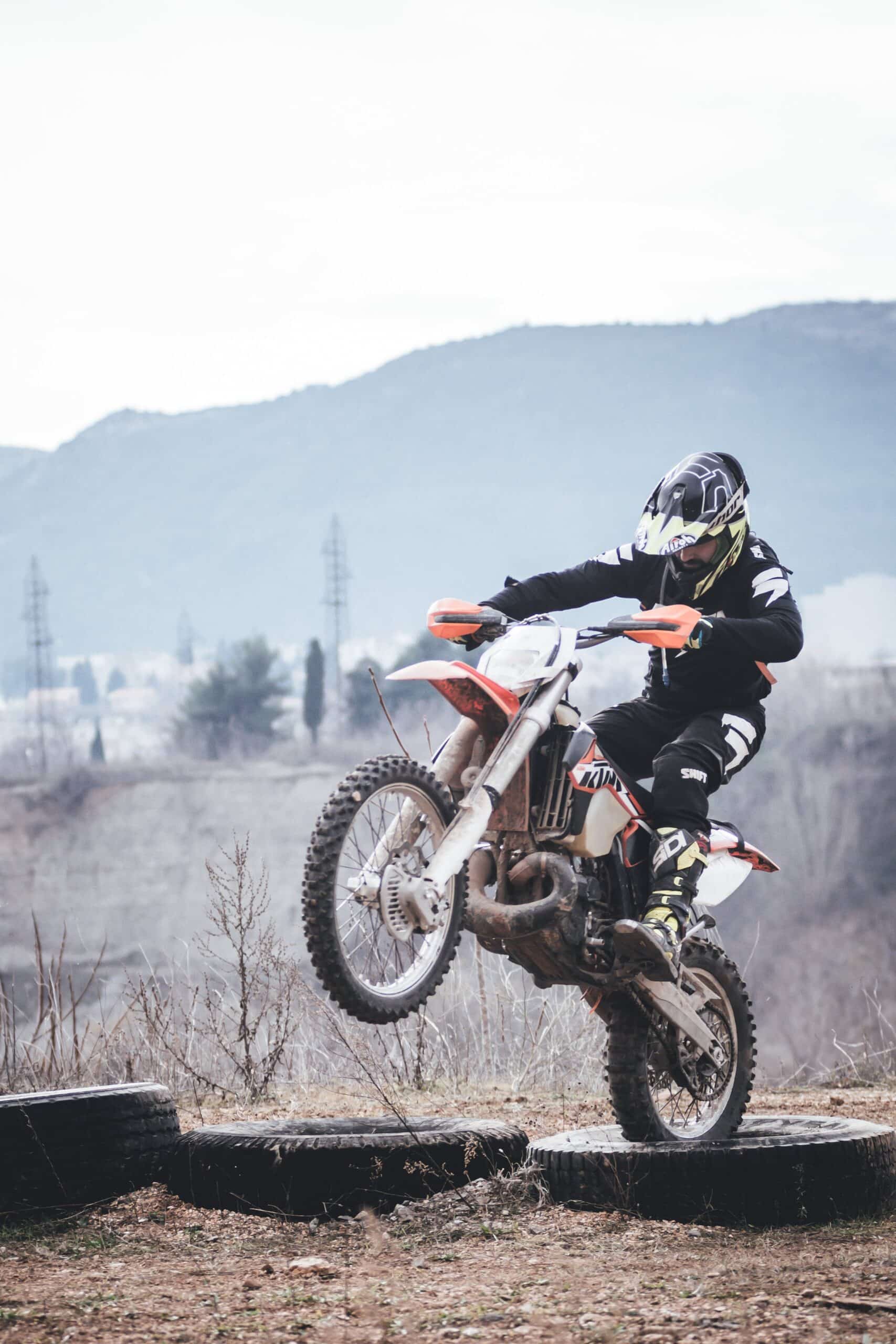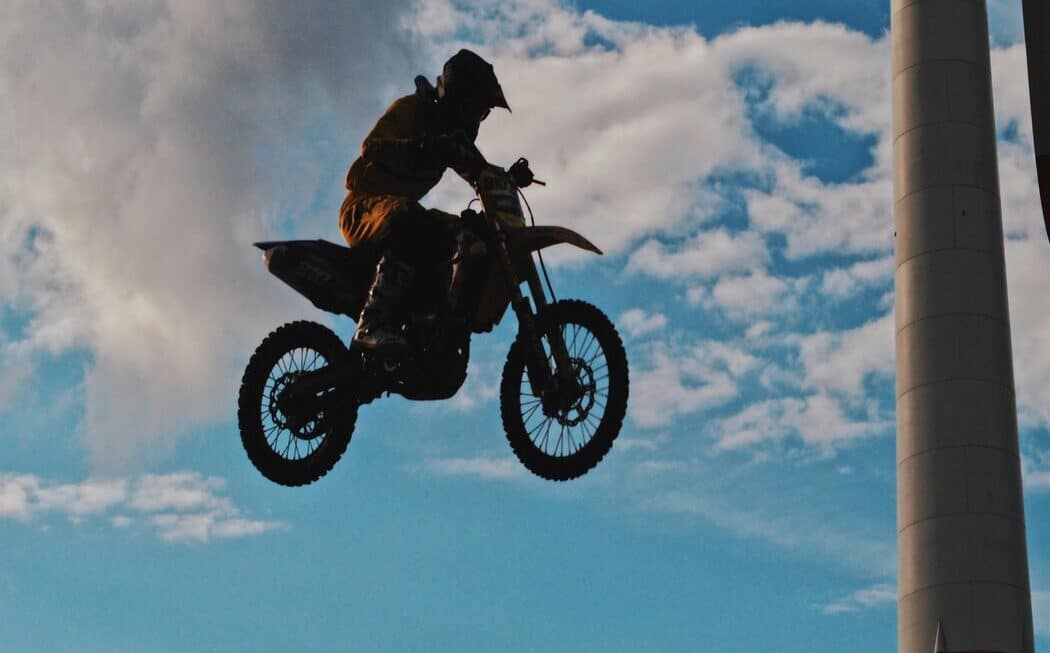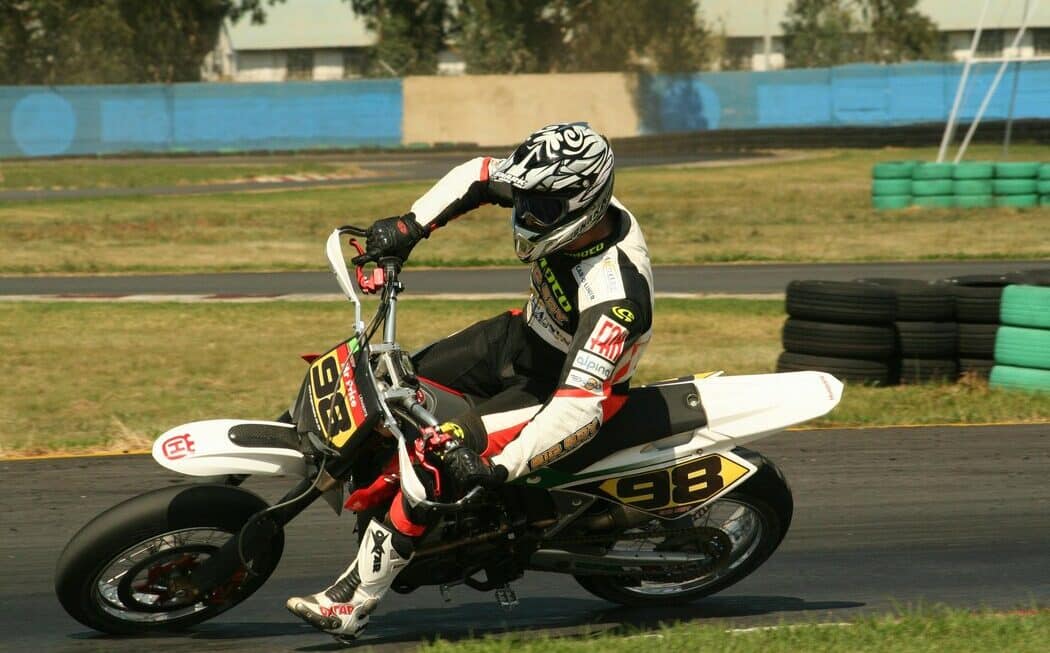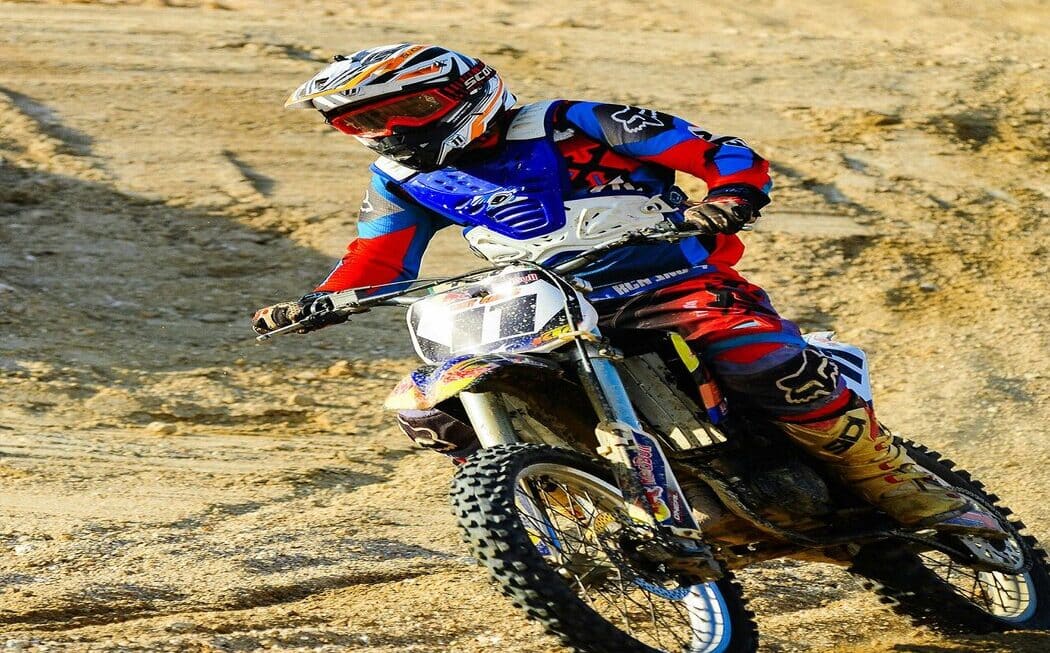Are you thinking about how to maintain your dirt bike? Here we will explain some tips and tricks to maintain it effeciently. Maintaining your dirt bike is essential to ensure its longevity and performance. Even if you ride only occasionally, regular servicing and inspections can add years to the lifespan of your bike. Knowing what needs to be done as well as when it should be done is critical to keep a dirt bike running smoothly.
The type of maintenance required for your dirt bike depends on several factors including riding habits such as the terrain and speed at which you generally ride. You should also consider the age of the components. Certain areas will need more frequent servicing than others, so it’s important to get an idea of what areas wear out faster than others before you begin any maintenance work. Furthermore, cleaning your bike after each session will help preserve its components and ensure that the dirt does not cause additional long-term damage when left unchecked.
How to Maintain Your Dirt Bike (Basic Steps):
1. Washing
Cleaning your dirt bike after every ride is an important task that you must complete to keep it in good condition. Without regular washing, dirt can accumulate which leads to rusting and other wear and tear of the bike. The best way to start cleaning is by using a bucket of water and some specifically selected brushes to knock off the mud, dirt, and grime. With the application of gentle pressure, these brushes can remove caked-on dirt without doing damage to the bike’s exterior.
You can use a pressure washer for deep cleaning. Taking care not to force the water or mud into sensitive areas such as electrical components is essential as this could lead to irreversible damage such as short-circuiting or corrosion.Place an airbox cover over the carburetor to keep debris and water away from its delicate mechanism.
2. Change Engine Oil
Changing the engine oil in a dirt bike is essential for its maintenance. The oil lubricates all the moving parts inside the engine, keeping it running smoothly and efficiently. You should change your dirt bike oil after 15 hours of use. This prevents dirt and other particles from clogging up the mechanical components which can slow performance or even cause damage over time. Further, high-grade engine oil offers additional benefits such as anti-corrosion and wear additives for better wet bonding and transfer of forces between components.
Before changing your bike’s oil, it’s important to check the level first using the sight glass located under the engine case. Generally speaking, if it is below halfway through then you need to top up your oil before changing it completely. This allows you to have enough fresh oil on hand when you do eventually change it. To do this correctly you should use the right tools and materials while following any instructions laid out in a service manual so that you don’t worsen any existing problems.
3. Air filters
Having a quality air filter for your dirt bike is essential for keeping the engine clean, and prolonging its longevity. Clean your air filters after every ride. Too much oil in the engine can lead to contamination, while too little will not provide adequate protection against it. One useful tip that some riders follow is to have multiple air filters on hand so they can switch them out as often as necessary. This limits the need to repeatedly clean dirty filters and allows the rider to keep their bike working optimally throughout their ride.
Take care of your air bike filter and maintain it regularly. Not only it will help with the proper functioning of the engine but it also ensures that no foreign particles are clogging up the system. Replacing or cleaning the air filter makes dirt biking a much more enjoyable experience because every ride you’ll feel confident knowing that your bike is running optimally and safely.
4. Wheel bearings
Wheel bearings are some of the most essential parts of a vehicle, as they provide support and enable free rotation of the wheel. Without functional wheel bearings, the drivability and safety of a dirt bike would drastically reduce – making it hard to control and prone to accidents. Wheel bearings play an important role in allowing the wheels to rotate without causing friction on other components or wearing down too quickly.
It’s important to regularly check on your wheel bearing health and have them serviced if necessary. A tell-tale sign for worn down or damaged wheel bearings is an unusual sound from your tires that could signal issues with the engine or other parts not running optimally. Fix this problem professionally. Failing to properly serve your vehicle’s wheel bearings can cause unnecessary wear and tear, leading to poor performance overall, so it’s best to get an expert opinion before going out on the road!
5. Visual inspection
A regular visual inspection of your dirt bike should be part of an effective maintenance process. Before every ride, take a few minutes to look for any damages or relevant issues that may have resulted from your last ride. Scan the whole bike including its frame, components, and hardware. Check for any dents, tears in cables or tires, worn away parts such as nuts and bolts, and if some levers are not locked in they are positioned correctly. Though some of these may appear minor fixes, they can lead to bigger problems down the line.
Additionally, it is also wise to observe for any fluid leaks, particularly in the coolant and gas tanks on your dirt bike. Any residue or build-up near these tanks will be an indication of a potential leak. If you observe any kind of liquid seepage around the bike’s joints or spark plugs then take it into a mechanic right away as this isn’t something you want to fix yourself while riding! Make sure to seal your bike after every ride.
6. Chain tension
Before every ride, check if your bike’s chain tension is correct or not. You should look at the six o’clock position of your rear wheel sprocket; this will tell you if your dirt bike’s chain is tight enough or too loose. If the slack on either end of the dirt bike chain exceeds 1 inch, then it needs to be tightened up. This can be done with some simple tools like an adjustable wrench and the appropriate-sized socket. Make sure that you lubricate the motorcycle’s chain frequently. This is something you should do before each ride – wiping off any existing dirt particles from the chain and applying lubricant afterward will keep everything running smoothly without causing further damage.
7. Brake pads
Without brakes, it would be nearly impossible to stop a dirt bike. Check your brake pads regularly. Check them after 6,000-9,000 miles and replace when only 1mm of material remains against the backplate. This is important because over time as you ride, the friction between the moving parts creates heat that weakens the material on the pad. If its condition goes unchecked, it can become much less effective in stopping the dirt bike and eventually ceases to have any effect due to excessive wear.
When replacing or checking brake pads on a dirt bike, other components need to be taken into account as well such as rotors and calipers. These components together form a complete system that works to effectively slow or halt a vehicle movement without creating too much resistance or damaging other parts of the bike if not correctly maintained. That means caring for your brake pads also means servicing those other components at regular intervals to ensure the continued safe operation of your bleeding edge machine!
8. Sprocket wheels
Sprockets are the wheel-like parts of a drivetrain system. They are used to transmit power from the engine to the rear wheel. They consist of multiple teeth that fit perfectly with the inner links of a drive chain. Most commonly found in motorcycles and bicycles, sprockets are quite durable but not invincible. Over time, these components suffer from wear and tear due to loose driving chains which can loosen or tighten depending on the terrain being ridden on. When this occurs, an asymmetrical pattern of wear will be visible between the teeth and should be assessed for possible damage or a new chain should be installed.
Often this sign is ignored by riders until serious trouble arises, like difficulty changing gears or sticky shifting performance. Even worse, if left too late, drivetrain failure resulting in an accident can occur! Therefore it is essential to regularly inspect your sprockets for signs of wear or damage by testing them for excessive play before you take your vehicle out for a ride. With proper maintenance and regular replacement when needed, you can ensure your vehicle runs smoothly and safely all year round!
9. Tire pressure
Maintaining your wheel properly is an important part of ensuring a safe and efficient ride on any dirt bike. Cleaning and washing the wheels after every ride will help you to identify any small damages or wear and tear that can occur over time, helping you to maintain their optimal performance.
Check tire pressure at regular intervals as incorrect tire pressure can lead to poor handling, grip, stability, and traction. The average range of tire pressure runs from 8 psi to 16 psi with 12 psi being the common average. However, this may have to be adjusted when riding on different terrain types or if there are any changes in the weather conditions. It’s also crucial to check the tire tread for signs of damage or uneven wear that could affect its ability to gain adequate traction. Doing all these things regularly can help ensure a safe and enjoyable riding experience.
Conclusion
Dirt bikes require constant maintenance and attention to keep them running at their best. Routine upkeep includes cleaning the bike after each ride, lubricating and tightening loose bolts, topping off fluids, checking tire pressure and chain tension, and of course performing basic services regularly. These simple service habits when done after every ride will ensure your dirt bike is always in optimal condition and ready for your next adventure. Properly maintained bikes are fun and safe to ride so follow the above tips to get the best from your dirt bike!



